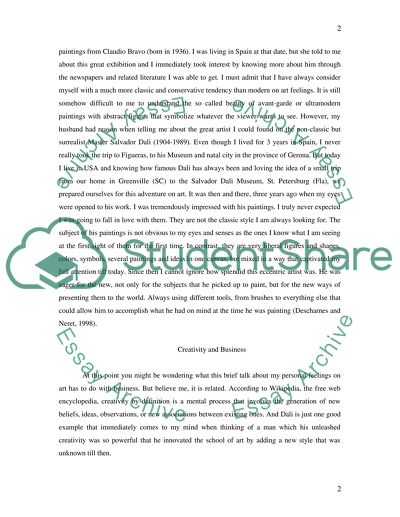Cite this document
(“Managing Creativity Essay Example | Topics and Well Written Essays - 2000 words”, n.d.)
Retrieved from https://studentshare.org/miscellaneous/1510341-managing-creativity
Retrieved from https://studentshare.org/miscellaneous/1510341-managing-creativity
(Managing Creativity Essay Example | Topics and Well Written Essays - 2000 Words)
https://studentshare.org/miscellaneous/1510341-managing-creativity.
https://studentshare.org/miscellaneous/1510341-managing-creativity.
“Managing Creativity Essay Example | Topics and Well Written Essays - 2000 Words”, n.d. https://studentshare.org/miscellaneous/1510341-managing-creativity.


